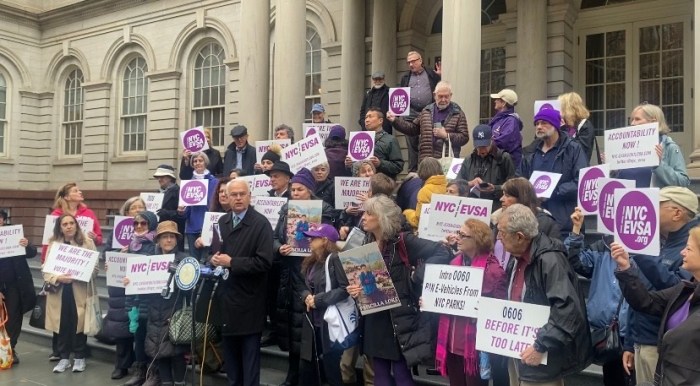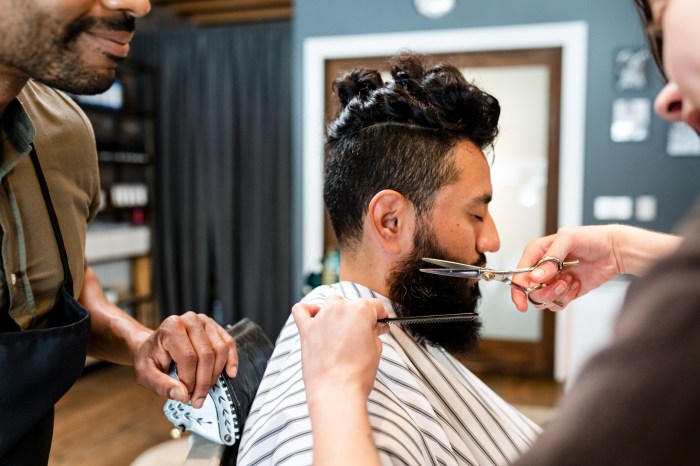By Joan Brown Wettingfeld
Enveloped by legend and described in the words of Henry Lee as “first in war, first in peace, and first in the hearts of his countrymen,” our first president’s qualities as a person were often obscured by adulation. But behind the facade stood a caring man and one highly capable of guiding our country through its crucial beginning years.
Impressive in stature, George Washington stood six feet two and weighed 200 pounds. The famed portrait of our first president by Gilbert Stuart is the only object in the White House that has been there since it was first occupied in 1800. Credit for this is due Dolly Madison, who in 1814 delayed fleeing from the invading British until the canvas was safe from the enemy.
Gilbert Stuart’s rendering in his official portrait of Washington is instantly recognized. Stuart’s reputation as a painter is legendary, but recently there came to light another work by a lesser known artist, which has become a cause celebre and recently was sold at auction at Christie’s.
“Sat for Mr. Ramage near two hours today, who was drawing a miniature picture of me for Mrs. Washington,” wrote the President in his diary on Oct. 3, 1789. He was referring to John Ramage, the painter of miniatures who produced Washington’s first portrait since his inauguration in April.
Born in Dublin in 1748, Ramage had arrived in America to seek his fortune as a portrait miniaturist. His rich and precise manner of painting a miniature was learned in his native Ireland.
He entered the Dublin Society School in 1763 learning not only miniature painting in watercolor on ivory, but also in pastels and crayon, and goldsmithing. The latter talent he used to create chased and sometimes jewel-studded frames to offset his miniature portraits.
The school he attended was founded in 1731 to promote Ireland’s arts industries. The school taught according to the traditional apprenticeship system in which students had to train with an established craftsman.
Different from mainstream painting, the business and economics of miniature painting was like other craft trades in which techniques were taught through an apprenticeship system of at least seven years before an artist could establish a business of his own. The modest amounts charged for portraits in miniature required a large customer base, and personal connections were an important source of income.
Ramage had painted a number of New York “society” of the day, among whom were Governor George Clinton, and James Duane, mayor of our city. The inauguration of 1789, set in our nation’s capital at the time, New York City, provided opportunities for George and Martha Washington to learn of this talented artist.
When he arrived in our city, John Ramage became the leading portrait miniaturist among Loyalists and Patriots despite his allegiance to the crown. By 1787 his clients included, among others, the Van Cortlandts, Gerrys, Bleekers, Van Rensselaers, Gouvernor Morris, and John Quincy Adams. His fame and success were assured by the time he was asked to paint his most important client, George Washington. The miniature was to be a personal token made especially for the new president’s wife, Martha Dandridge Custis Washington.
The portrait was half-length, with Washington wearing the blue uniform of a general with yellow facings and gold epaulettes, yellow waistcoat, and lace cravat, and the Order of the Cincinnati. It had a gold frame and contained a lock of the President’s hair
Unfortunately, by 1794 the artist fell on sorry times. Debt-ridden, he avoided prison by leaving New York for Canada.
When Ramage painted Washington, the new president dubbed his capital the “Empire City” and the state, the “Empire State.”
By the end of Washington’s presidency both George and Martha had sat for over a dozen artists, and between 1755 and 1798 more than 50 portraits of Washington were painted, of which fewer than a dozen were miniatures. Countless replica paintings, engravings, and prints were made, while Gilbert Stuart’s “Athenaeum” portrait of Washington was the model for the one-dollar bill.
Like historians, each artist brings his or her own style and perspective to the task of recording a president’s image. The recent attention given to the Ramage miniature of Washington with its impressive provenance and personal story presents a new insight into a special presidential portrait.


































